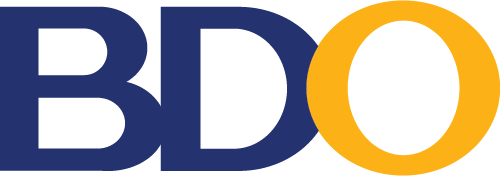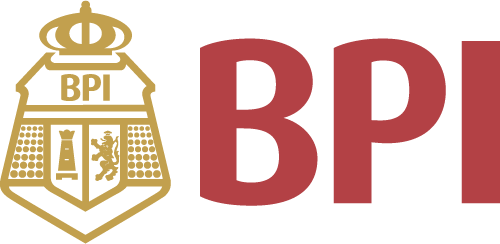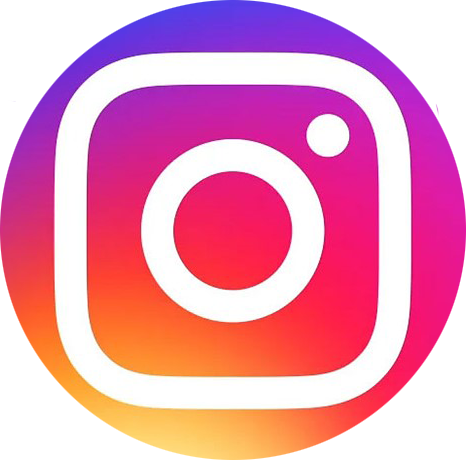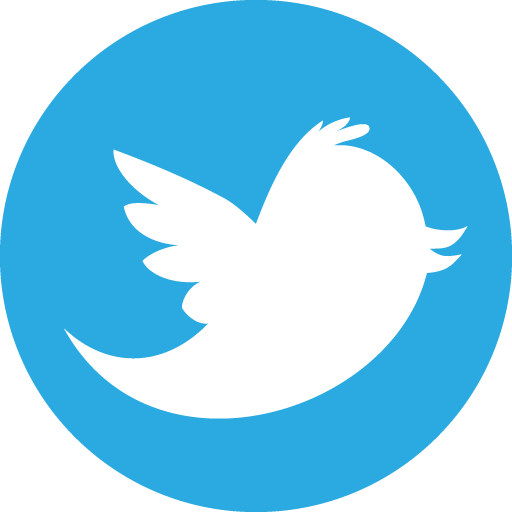All Categories
Drawing on The Dominant Eye: Decoding the Way We Perceive, Create, and Learn
Share Tweet
*Price and Stocks may change without prior notice
*Packaging of actual item may differ from photo shown
- Electrical items MAY be 110 volts.
- 7 Day Return Policy
- All products are genuine and original








About Drawing On The Dominant Eye: Decoding The Way We
Product Description A fascinating follow-up to the beloved bestseller Drawing on the Right Side of the Brain--with new insights about creativity and our unique way of seeing the world around us Millions of readers have embraced art teacher Betty Edwards's Drawing on the Right Side of the Brain, from art students and teachers to established artists, corporate trainers, and more--all discovering a bold new way of drawing and problem-solving based on what we see, not what we think we see. In this highly anticipated follow-up, Edwards illuminates another piece of the creativity puzzle, revealing the role our dominant eye plays in how we perceive, create, and are seen by those around us. Research shows that much like being right-handed or left-handed, each of us has a dominant eye, corresponding to the dominant side of our brain--either verbal or perceptual. Once you learn the difference and try your hand at the simple drawing exercises, you'll gain fresh insights into how you perceive, think, and create. You'll learn how to not just look but truly see. Generously illustrated with visual examples, this remarkable guided tour through art history, psychology, and the creative process is a must-read for anyone looking for a richer understanding of our art, our minds, and ourselves. About the Author Betty Edwards is an art teacher, lecturer, and author, best known for her classic guide Drawing on the Right Side of the Brain, which has sold five million copies worldwide and is used as a standard text in many art schools around the world and a staple on the shelves of artists and art-lovers everywhere. Through her company, DRSB Inc., she continues to teach her groundbreaking method to help individuals gain better access to visual, perceptual functions of the brain through learning to draw. Her lifelong mission has been to return basic drawing instruction to the public-school curriculum nationwide. She lives in La Jolla, California. Excerpt. © Reprinted by permission. All rights reserved. One of the best-known quotations, origin unknown, is: “The eyes are the windows to the soul,” telling us that by looking deeply into someone’s eyes we can find the hidden “real person.” A more modern (but less poetic) version might be, “The dominant and subdominant eyes reveal the mind.” But then questions arise: Which eye are we talking about, left or right or both? And which mind, since there are actually two “minds,” the left and right hemispheres of the brain? And why are the eyes designated differently, “dominant” and “subdominant,” since they seem to most of us to be pretty much the same? In fact, our two eyes are visibly different, one from the other, reflecting our two minds and our two ways of viewing the world. That difference between our two eyes is observable and, at the same time, strangely unrecognized. Might the difference be helpful in our search for “real” persons? At a conscious level, we know that what we see with our eyes is intimately connected to what we think and how we think and, at the same time, what and how we feel. Oddly, we seem to be unaware that when we look closely enough in a mirror into our own eyes, or look into other people’s eyes face-to-face, we can actually see which eye is reacting to the words we are speaking or hearing and which eye may be feeling but not attending to the words. Most people are unaware of this difference. But again, we use this information subconsciously in our daily lives, most notably to guide our interactions with other people. Those interactions are complicated by the so-called crossover connections of mind/brain/body. For most of us, our left-brain hemisphere “crosses over” to control the right side of our bodies, from head to toe, including the function of our right-dominant eye. Likewise, our right-brain hemisphere “crosses over” to control our left side, from he


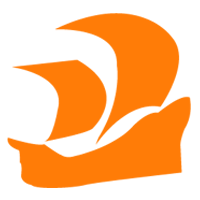
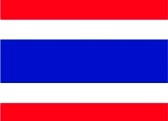
 (1)
(1)








